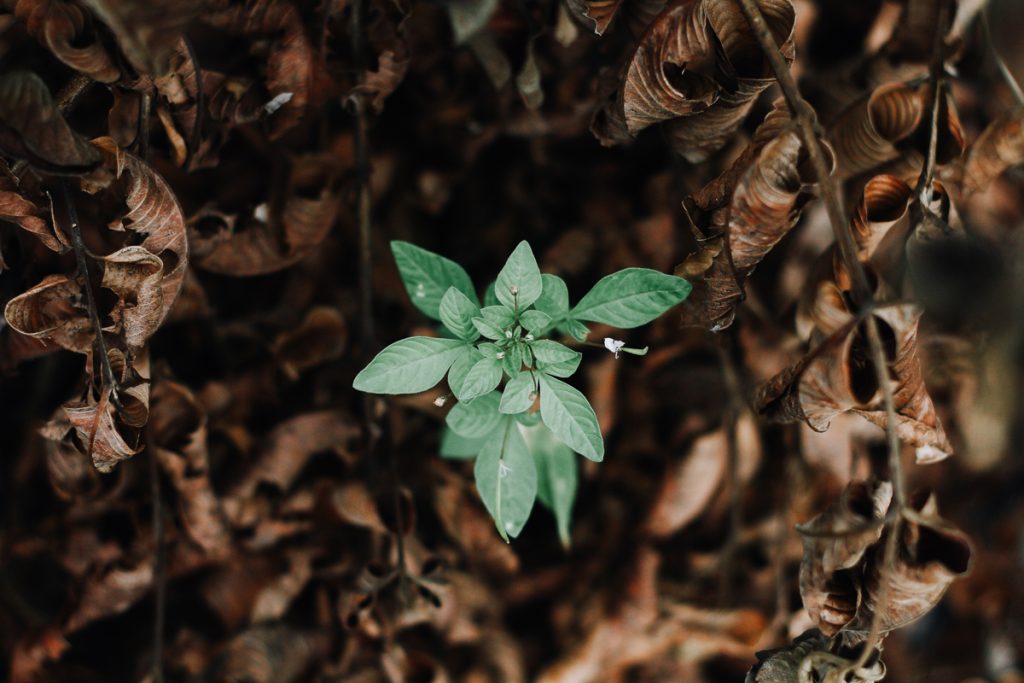When meditating, is it necessary to focus on one specific object?
This is not always necessary, but at times it can be very helpful.
When you do meditate on a specific object, such as the breath, that object will help you to develop concentration, and concentration will enable you to cultivate a quiet and spacious mind. But you must be careful not to focus your attention too narrowly on the object, as that can constrain your practice. You should keep your primary focus on the object of meditation, but try to do so with a wide-open awareness. As you follow the breath, for instance, allow yourself to also be aware of what is happening in and around you. Be conscious of sounds, thoughts, sensations, feelings—but without fixating on, grasping, or rejecting any of these things.
When you meditate without a specific object, you are trying to be aware of everything in that moment, without fixation. You simply notice whatever arises—in the world or in the mind—with a nondiscriminatory awareness. This practice of open awareness can help you become restful and spacious; however, you must be careful not to become dreamy. You have to remain alert, still, and present. This requires energy, dedication, and faith in the practice and in your Buddha-nature in that moment.
You must also be careful not to equate meditation solely with concentration. It is essential to cultivate inquiry as well. This is the quality of the mind that sees clearly into the impermanent and conditioned nature of reality. Whether you are focusing on a specific object or not, the cultivation of inquiry requires you to look deeply into and investigate the nature of each phenomenon in your field of awareness. Whether it is the breath or a sound or a thought, each and every thing can be seen as conditioned and constantly changing. It is essential that you cultivate together and in harmony these twin elements of concentration and inquiry. Concentration will bring stability, stillness, and spaciousness; inquiry will bring alertness, vividness, brightness, and clarity. Combined, they will help you to develop creative awareness, an ability to bring a meditative mind to all aspects of your daily life. In this way, meditation becomes both a refuge and a training: a refuge into being, and a training into doing.
In the Korean Zen tradition, there is a method of meditation that uses the question “What is this?” to cultivate concentration and inquiry together. As you sit or walk in meditation, you ask constantly, “What is this?” Repeating this question develops concentration because it returns you to the full awareness of the moment. As soon as you become aware of being distracted by past events, anxieties about the present, or future dreams, you ask “What is this?” This way, the power of questioning dissolves distraction.
You don’t repeat this question like a mantra, but with a deep sense of questioning. This is not an analytical or intellectual endeavor. (You have to be careful not to ask the question with the head but with the whole body; sometimes it is recommended to ask with the lower belly.) You are not asking about anything specific, and you are not looking for a specific answer. You are just asking meditatively, experientially, opening yourself to the whole moment, to the questionable and mysterious aspect of life itself and your place within it. You are asking because you truly do not know.
As with breath meditation, the question is the primary object of concentration, but it is asked within a wide-open awareness. This kind of meditation helps you to become centered and grounded, but open and spacious at the same time. It will enable you to be more flexible and creative by loosening your grasping and fixations. Your heart will open in a wise and compassionate manner to yourself and life in all of its extraordinarily various aspects.
Thank you for subscribing to Tricycle! As a nonprofit, we depend on readers like you to keep Buddhist teachings and practices widely available.
